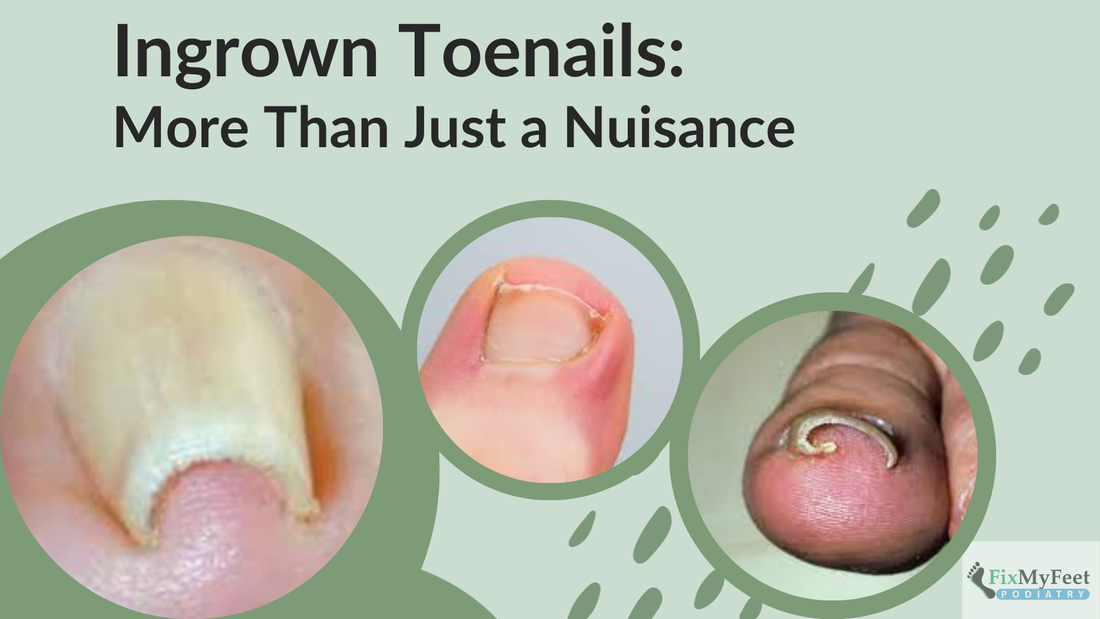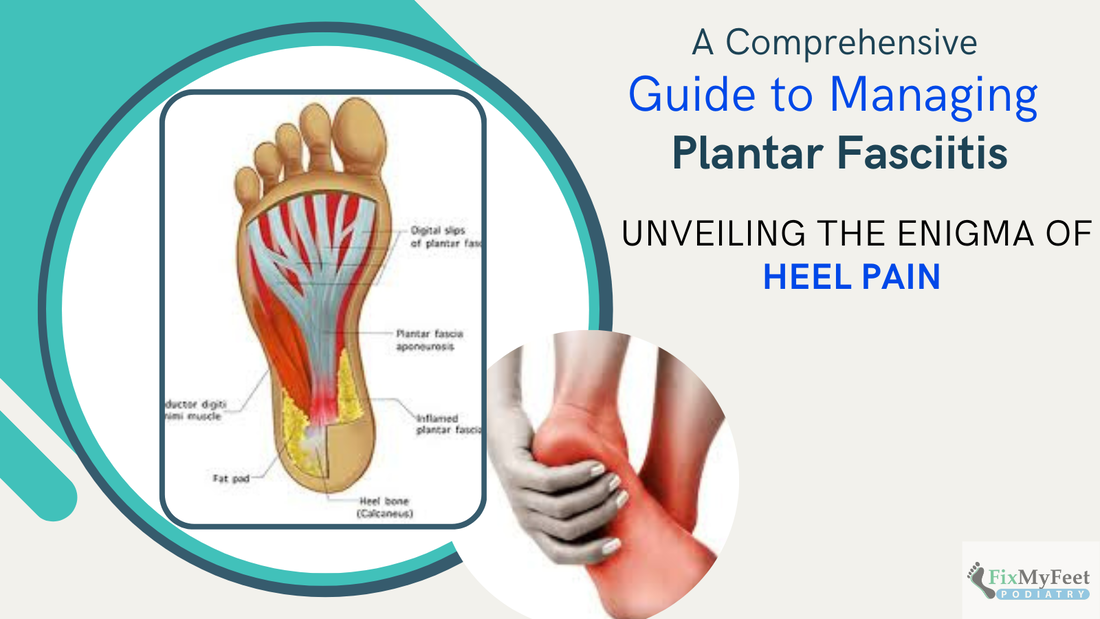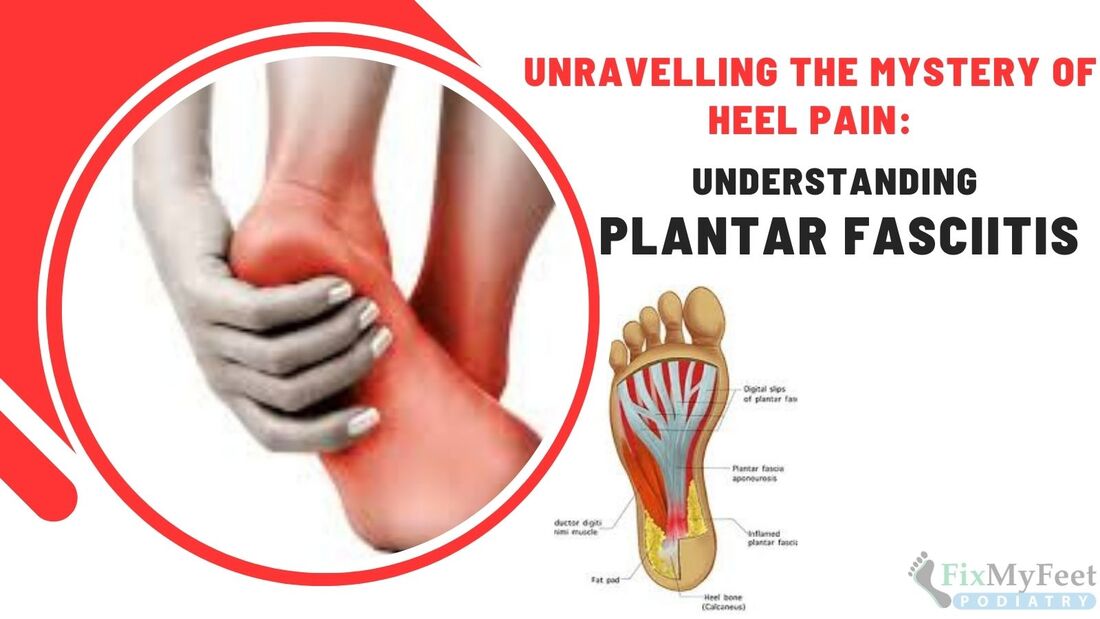As your trusted podiatrists, we want to shed light on this common issue and emphasize why it deserves your attention.
The Culprits Behind Ingrown Toenails
These pesky problems occur when the corner of a toenail grows into the surrounding skin, often afflicting the big toe.
There are several factors that can contribute to ingrown toenails:
Ill-Fitting Shoes: Wearing shoes that crowd your toes increases the risk of ingrown nails. This is especially relevant for teenagers who are still experiencing growth spurts.
Improper Toenail Trimming: Toenails should extend right up to the edge of the toe. Trimming them too short and rounding the edges creates an open invitation for ingrown toenails.
Remember, always trim toenails straight across.
Trauma: Activities like sports can lead to jammed or stubbed toes, while dropping heavy objects on your feet can also result in an ingrown toenail.
Heredity: Sometimes, you're simply born with a predisposition to ingrown toenails. It's an inherited challenge that you may have to face.
Recognizing the Signs
Initially, ingrown toenails present mild symptoms: a slight discomfort when you press on the area, wiggle your toes, or put on your shoes.
However, if left unaddressed, the condition can escalate to more severe pain, swelling, redness, and even drainage, pus, and odour – these are signs of infection, which should never be taken lightly.
Special Considerations for Certain Patients
For individuals with circulatory issues or diabetes,
the first signs of an ingrown toenail demand immediate attention.
Timely intervention is crucial to prevent severe complications.
When no infection is present, otherwise healthy individuals can take steps to alleviate discomfort. This includes gentle skin manipulation away from the nail during Epsom salt soaks and the application of preventative antibiotic ointment.
Don't Wait - Seek Help
If your symptoms worsen or you notice signs of infection, don't hesitate to reach out to us.
We have the expertise to remove the ingrown portion of the nail and may prescribe topical or oral medications to combat infection.
In cases of chronic ingrown toenails, a minor procedure may be recommended to prevent recurrence.
Your foot health matters to us, and we're here to provide the care and guidance you need to keep your feet happy and pain-free.




 RSS Feed
RSS Feed